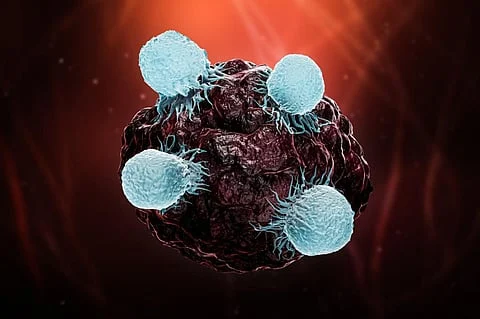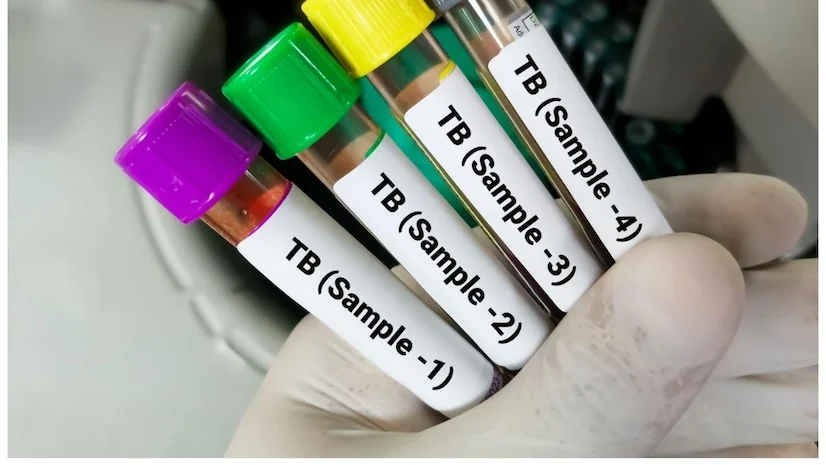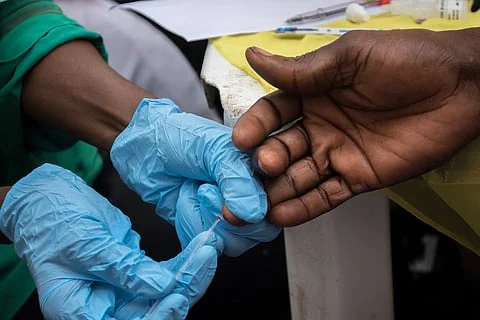New Bacteria Species Conducts Electricity

The discovery of a new species of bacteria , Ca. Electrothrix yaqonensis, has opened new avenues in the field of bioelectricity. This bacterium, found on the central Oregon coast, is notable for its ability to conduct electricity. Its unique features and capabilities may have implications for medicine, industry, and environmental monitoring. Historical Context of Bioelectricity The study of electricity began with ancient philosophers. Thales of Miletus was among the first to investigate static electricity. His observations laid the groundwork for future research. Alessandro Volta later used the electric properties of eels to create the first battery. This marked the transition from natural phenomena to practical applications of electricity. Characteristics of Ca. Electrothrix yaqonensis Ca. Electrothrix yaqonensis is a rod-shaped bacterium. Its cells are connected end to end, forming filaments that can extend several centimetres. This structure is rare among bacteria. The species...
















